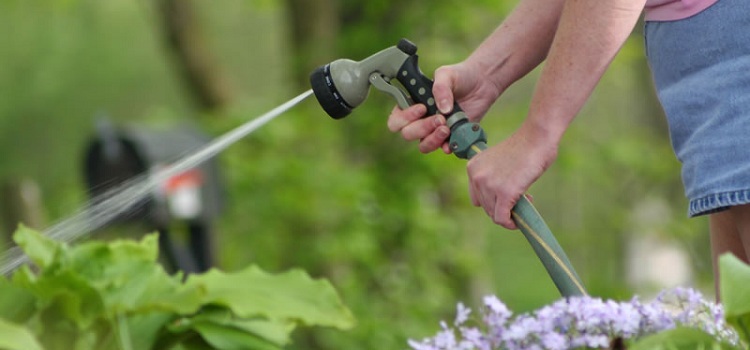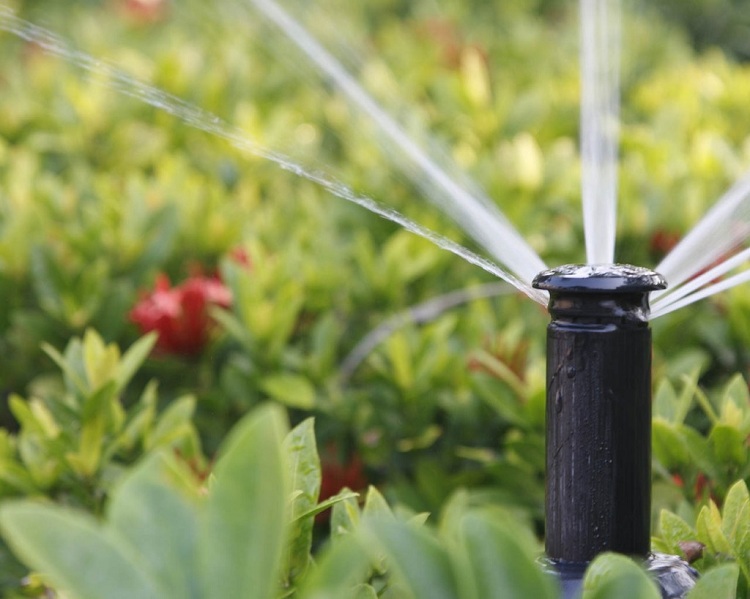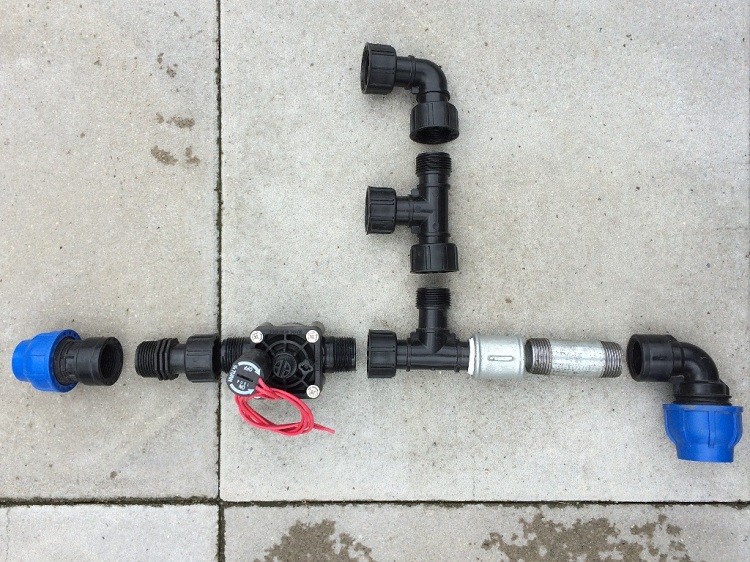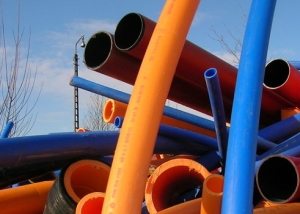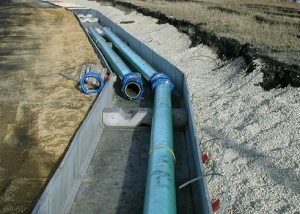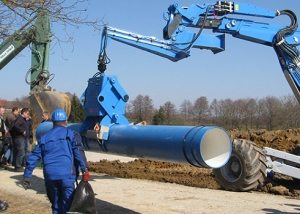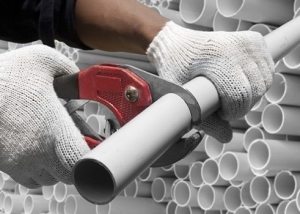Landscaping of personal plots is one of the most important events for owners of country houses. A well-established planting system can provide a well-established irrigation system, since not in all climatic conditions, natural irrigation brings the desired results. In the correct organization of the water supply, the type of irrigation system and the materials used to create it also matter.
Content
What can be the irrigation system in the country?
The type of construction of irrigation communications is affected, first of all, by climatic conditions in the region. Depending on the selected type of irrigation system, the choice of components and the installation procedure will change. There are several ways to organize an irrigation system:
- The device of drainage systems. This method is used if perennial plantations prevail on the site that do not require periodic redirection of water. Such water pipes are laid once and for a long period of time, so perforated systems are not suitable for summer cottages with a garden, which involves a seasonal change in the location of the beds.
- Irrigation method. Water is supplied to the site using a pipeline of various designs. A special sprayer is placed on the final segment of the water supply system, which ensures uniform flow of water to the beds.
- Drip irrigation technology. The most economical and convenient way of irrigation. A drip irrigation system minimizes unproductive water consumption, which is especially important if a water meter is installed on the site. The design and type of pipe is selected individually for each site, depending on the characteristics of the crops growing on it. The necessary intensity and frequency of irrigation is selected.
- Surface watering method. Technology mainly used in arid regions. With it, special ditches are dug for water supply.
The use of a surface irrigation method can only be considered as a necessary measure with specific climate features. In general, this method has a lot of disadvantages - as a result of its application, irreversible changes occur in the soil structure, which leads to air entering the plant root system.
What pipes are used for irrigation in the country?
If in the past century the only available option for organizing any water supply, including irrigation, was metal pipes, now the list of materials has become much more impressive. You can distinguish these types of pipes for irrigation, each of which has its own characteristics:
- Watering pipes made of steel. Strong metal pipes, the main disadvantage of which is high susceptibility to corrosion processes.It should also be borne in mind that less cleaned water than drinking water is usually used for irrigation; therefore, overgrowth of the inner walls of the main is formed quite quickly (within 5-7 years) in steel lines. Because of this, a full or partial replacement of the water supply line may be required, especially if initially a pipe with a small diameter was chosen for it.
- Pipes from metals not susceptible to corrosion: copper, stainless steel. Owners of pipelines from these materials do not face the problems inherent in steel pipelines. But in household plots, copper pipelines and stainless steel systems are not used due to the very high cost.
- Plastic piping. Polymer pipes - ideal for creating irrigation water. Plastic is very lightweight, not subject to any biological and atmospheric factors (with the exception of pipes made of polypropylene, low-pressure polyethylene, the structure of which is destroyed due to the influence of ultraviolet radiation).
There are several types of plastic pipes suitable for irrigation systems:
- Polypropylene pipes. A sturdy and rigid pipe made of polypropylene can be an excellent basis for a summer irrigation system. It should be borne in mind that the lack of flexibility of this material entails the need to use additional elements (corners, tees) to organize turns. Polypropylene pipe joint carried out by diffuse welding.
Important! Since ultraviolet negatively affects the state of polypropylene, it is advisable to organize the protection of the pipeline from sunlight. In this case, the irrigation system will last much longer.
- Polyethylene pipes. HDPE is a more flexible material than polypropylene, but also characterized by high strength. Polyethylene can withstand low temperatures, so a system of this material does not need to be insulated: the pipe will not burst if there is water left in it in winter. Polyethylene products can be thick-walled or thin-walled. The first type is used for trunk irrigation distributions, the second - for drip tape irrigation devices.
- Products made of polyvinyl chloride. They have all the advantages of plastic structures: lightweight, rigid, but quite flexible. They can be used for both ground and underground water distribution. One of the positive qualities of PVC is the ability of the material to self-extinguish when ignited. True, a polyvinyl chloride pipe is not best suited for use at low temperatures: under the influence of frost, the plasticity of the material decreases.
- Metal-plastic watering plumbing. An excellent combination of the strength of metal pipes and the lightness of plastic structures. Metal-plastic products do not require welding and threading to create joints. However, do not forget that metal plastic fittings (mainly brass) are used to connect metal-plastic water pipes, which corrode sooner or later.
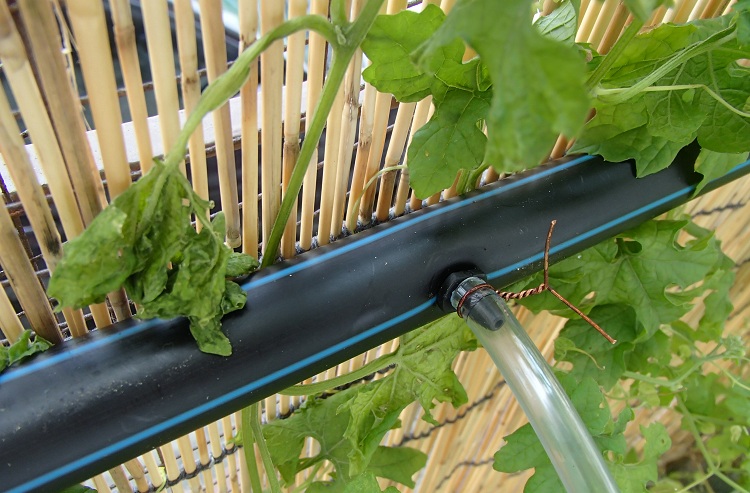
Today, light polymer pipes are used in irrigation systems, which are not inferior in many respects to steel pipes
Flexible hoses can be called one of the important parts of the irrigation water supply in the country. They provide convenience and mobility when watering large areas of the garden manually. Laying stationary lines from flexible hoses is undesirable, since soft material negatively reacts to constant exposure to ultraviolet radiation and high temperature. Flexible hoses are also not suitable for laying in the ground: in this case, the tube is often squeezed from the load.
Rules for installing plastic pipes for irrigation in the country
The list of necessary tools and parts depends on what material the pipes selected for irrigation water supply are made.Working with plastic pipes requires:
- plastic pipes of the desired length with a diameter of 25 mm to 30 mm;
- fitting or coupling for connection to a water supply source (1 piece is enough);
- water plugs on the site (necessary so that debris does not enter the system during off-season time);
- ball valve - at least 2 pieces will be needed, one will be connected to the beginning of the water supply, the other to the end;
- tee - if branching into several irrigation hoses is required;
- corners - if the system is mounted from inflexible (polypropylene) pipes, and the design has rotary segments;
- adapter-nozzle - in the amount in which there are hoses.
Also, to install a country water supply system from plastic pipes, you may need a pipe cutter - a special tool that allows you to quickly and smoothly cut pipes into pieces of the required length. In the absence of this tool, cutting can be carried out with a sharpened hacksaw, and the edges of the product must be cleaned. To seal threaded connections, you need a linen tow or FUM tape.
Installation of watering pipes and hoses can be carried out by a person who does not have special skills and knowledge in this field. Whatever the material of the pipes, the main condition for the optimal performance of the water supply system is the correct connection of the hoses to the central system and their installation in the place where watering is required.
Drop watering - what is it and what are its advantages?
Not all owners of suburban areas manage to organize the frequency of irrigation so that all crops receive the right amount of water daily. Many plants need regular watering, and even several days of drought in the hot period of summer can lead to the death of all plantings. Effective in this case will be a drip irrigation system, which constantly, as necessary, delivers liquid to the plant in small quantities (literally - drop by drop, hence the name of the system).
Drip technology is also sometimes called capillary technology - by analogy with the principle of the location and operation of capillaries in the human body.
It is interesting! In the drip irrigation system, you can also dissolve the necessary fertilizers, which will in the right quantities go directly to the root of the plant.
One of the main problems that are often encountered when using the traditional method of irrigation with or without spraying is the wetting of the leaves of the plant, as a result of which they are exposed to the sun to an even greater extent. The use of drip technology does not have such a disadvantage - the leaves of the plantations remain dry with it.
Thanks to the clearly dosed amount of liquid that reaches the root of the crops, the risk of diseases caused by excess moisture is also minimized.
What is needed for drip irrigation?
On a wide sale there are drip irrigation systems, completely ready for connection and further operation. But such a design can be assembled independently. There are many methods for creating a drip irrigation system: even improvised tools like plastic bottles are used.
When choosing a pipe for drip irrigation, it is best to dwell on polypropylene products. A polypropylene pipe can be replaced with a polyethylene construction, but the first option is considered the most economical.
Also, drip irrigation requires a very carefully designed system design. It is not enough just to drill holes in the pipe at the same distance, since the water will not be distributed evenly: at the beginning of the sleeve, the liquid will pass under strong pressure, and at the end of the pipe, the liquid will only drip.
So, to create the design of drip irrigation, the following details will come in handy:
- emitter watering tape;
- plugs for drip tape;
- pipe fittings;
- hose coupling;
- strainer;
- plastic (polypropylene) pipes;
- fittings for butt connection of a tape with pipes.
Another element withoutNot only drip water supply, but any other type of irrigation is impossible, it is a source of water. At the summer cottage, a well, a summed-up water supply or a separate tank can act as a source of water supply. If it was decided to use a container of water (tank, barrel), then it should be placed at a distance of at least 1.5 meters above the ground. The higher the barrel, the higher the pressure and pressure. Thus, a barrel with a tape connected at a height of 10 m will consume at least 3-4 liters of water per hour. The water supply barrel must be closed so that debris does not contaminate the irrigation system.
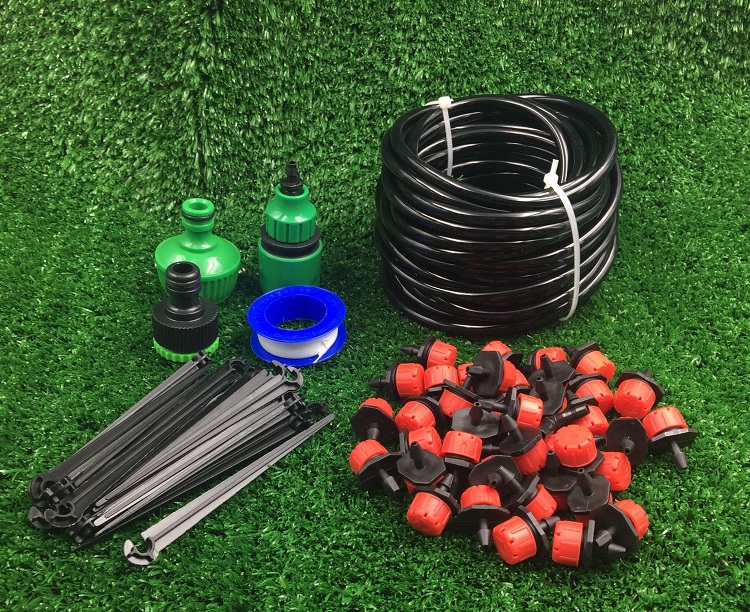
A thin flexible pipe is suitable for drip irrigation, and special tips will provide water supply with drops
The filter for water purification is also useful for the device irrigation system. Mesh, vortex or disc filters help extend the life of the watering hoses: if the water is too hard, replacing them is inevitable within a few years after installation. For the drip system, the simplest in construction and inexpensive strainer is suitable. It is necessary that the cell size in the grid does not exceed 130 microns.
Regardless of what type of irrigation structure was chosen, it is important to observe the technology and installation sequence. After connecting all the elements of the wiring diagram, a leak test should be performed to ensure efficient and safe operation of the system.
